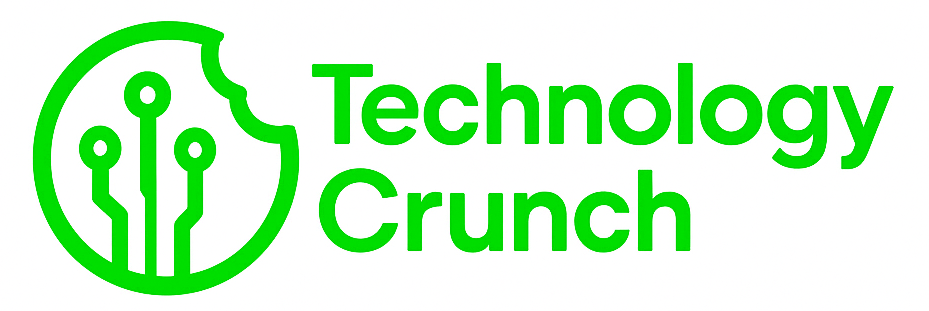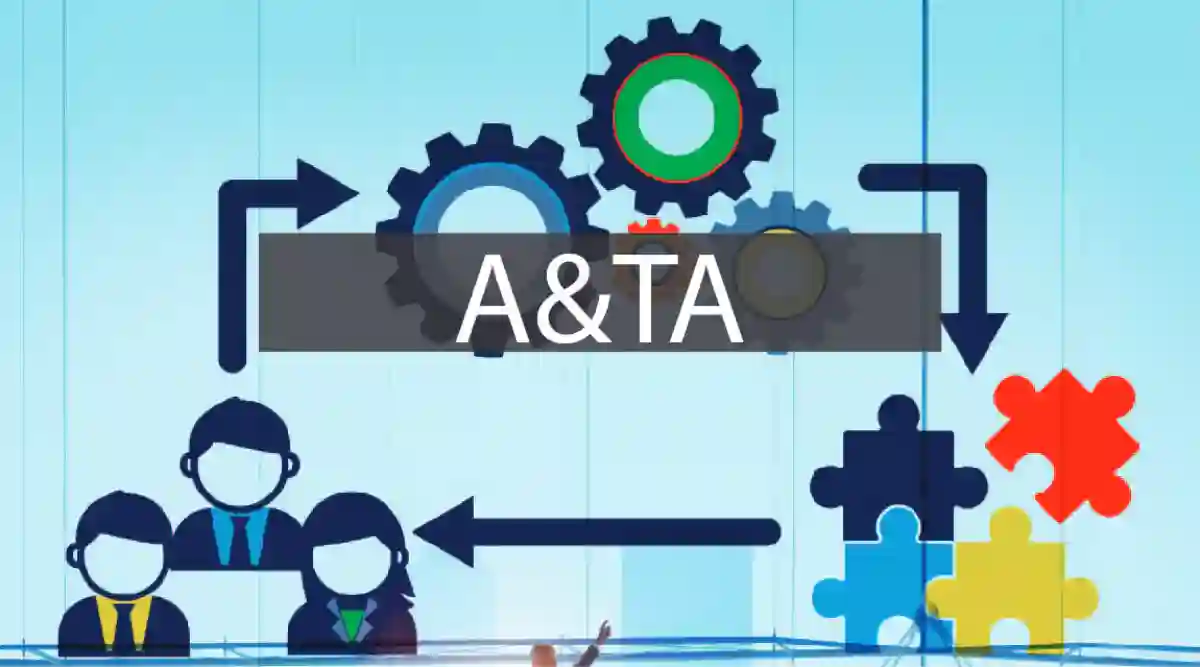A&ta is a term that, depending on context, holds different meanings across industries, cultural frameworks, and professional networks. While it may appear niche to some, its significance resonates within education, professional associations, business models, and linguistic studies. This article explores the origins, evolution, and multifaceted relevance of a&ta across global sectors, aiming to provide a comprehensive perspective for scholars, professionals, and readers seeking a deeper understanding.
What is A&ta?
The meaning of a&ta is often context-dependent. In academic circles, it is referenced as an abbreviation or shorthand notation used within institutional frameworks or organisational acronyms. For example, in the field of education and professional certification, a&ta might stand for a specific association or qualification level, while in linguistic studies it may indicate a structural reference in language classification.
In professional spheres, a&ta has been linked to membership categories within associations, denoting Accredited and Technical Associates in some engineering, architecture, or design councils. This designation symbolises a tier within an organisation where members demonstrate specific competencies, ethics compliance, and verified professional contributions to their fields.
Historical Evolution of A&ta
Tracing the historical emergence of a &ta requires examining the professional and academic institutional records of the mid-20th century. During the post-war expansion of technical education and professional certification systems, organisations developed internal shorthand to categorise membership hierarchies and qualification statuses efficiently. Terms like a&ta arose to streamline documentation and membership communication while aligning with regulatory bodies.
For example, engineering and architectural councils in Europe, Australia, and Southeast Asia adopted abbreviations to standardise cross-border recognition of qualifications. In these records, a &ta symbolised a mid-tier certification acknowledging both academic training (accredited) and practical technical application (technical associate), bridging theory and practice in professional development pipelines.
The Global Relevance of A&ta
Today, a &ta retains its relevance, especially in regions where technical education frameworks continue to evolve. Emerging economies prioritising vocational and technical skill development often rely on categorisation systems like a &ta to structure their workforce qualification hierarchies, aligning with international standards to ensure global mobility and recognition.
Moreover, as industries pivot towards integrated interdisciplinary collaboration, designations like a&ta enable employers to identify professionals with balanced academic grounding and applied technical skills. This dual qualification supports project delivery in sectors such as construction, civil infrastructure, industrial design, and digital architecture.
A&ta in Linguistic Studies
Beyond professional qualification systems, a &ta occasionally appears in linguistic research as a structural marker or abbreviation within language family classifications or grammatical structural analysis. Linguists utilise concise notations to classify morphological and syntactical structures in comparative studies, and a &ta has appeared as part of these systematic terminologies. While its usage in this field is less common, its presence in academic journals demonstrates the breadth of its semantic reach.
The Sociocultural Impact of A&ta
The sociocultural impact of a &ta lies in its role as a symbolic marker of professional credibility and upward mobility. For practitioners in architecture, technical engineering, or applied design, acquiring an a &ta designation often represents years of disciplined academic study, practical internships, examinations, and professional practice. This recognition validates expertise and opens pathways to leadership, consultancy roles, and participation in international collaborations.
Communities of practice formed around a &ta associations cultivate mentorship networks, annual conferences, continuing education opportunities, and regulatory updates. These mechanisms maintain professional standards, ethical compliance, and alignment with technological innovations in rapidly evolving industries.
Contemporary Challenges Facing A&ta Holders
However, a &ta holders today face challenges due to globalisation, digitisation, and shifting regulatory frameworks:
International Recognition: Despite efforts to standardise certifications, not all countries recognise a &ta equivalencies, leading to barriers in cross-border employment mobility.
Digital Disruption: Automation and AI are transforming traditional technical roles, requiring a &ta professionals to upskill continually to remain relevant.
Professional Redundancy: In saturated job markets, mid-tier qualifications such as a &ta may be overshadowed by higher certifications or postgraduate specialisations, affecting career progression opportunities.
Regulatory Changes: Evolving industry standards necessitate re-accreditation or continuous professional development, posing financial and time constraints for practitioners.
These challenges underscore the importance of proactive career planning, continuous learning, and engagement with international professional bodies to future-proof careers in technical and applied domains.
The Future of A&ta
Looking ahead, the future of a &ta hinges on its adaptability. Organisations overseeing a &ta designations are expanding scope to include digital competencies, sustainability-focused practices, and interdisciplinary integration. For instance:
Digital Integration: Updating curricula to include Building Information Modelling (BIM), AI-based design tools, and data analytics.
Sustainability Competencies: Integrating green building standards, climate-responsive design, and circular economy principles into technical training frameworks.
Global Collaboration Skills: Embedding cross-cultural communication, international standards compliance, and collaborative digital workflows in a&ta competencies.
Such expansions ensure a &ta remains a valuable and future-proof qualification for professionals in the globalised knowledge economy.
Lessons from the Evolution of A&ta
The evolution of a &ta illustrates several key lessons for educational policymakers, professional associations, and individual practitioners:
Abbreviations as Identity Markers: Abbreviations like a &ta, while administratively convenient, carry significant professional identity value. They define credibility, establish hierarchical positioning, and affect remuneration structures.
Continuous Relevance Requires Evolution: Static qualification frameworks risk obsolescence. A&ta’s sustained relevance depends on regular curriculum reviews and integration of emerging industry skills.
Cross-border Harmonisation Matters: For qualifications like a &ta to benefit holders globally, harmonisation with international accreditation frameworks is essential, facilitating employment mobility and collaborative opportunities.
Professional Communities are Lifelines: Associations offering a &ta certifications must provide more than certificates. Networking, mentorship, regulatory advocacy, and continuous education are integral to nurturing vibrant professional ecosystems.
Final Thoughts
In conclusion, a&ta represents a multidimensional concept – a professional designation in technical and applied industries, an academic abbreviation within linguistic studies, and a sociocultural symbol of expertise, credibility, and upward mobility. As industries and educational systems evolve, the adaptability of qualifications like a&ta will determine their continued relevance in the dynamic global landscape.
The meaning and significance of a&ta remind us that behind every abbreviation lies a complex story of human aspirations, professional standards, systemic structures, and cultural transformations. For professionals holding a&ta designations, embracing lifelong learning and global networking is paramount to navigate the challenges and opportunities of the future. For educational and regulatory bodies, continual revision and international alignment of frameworks like a&ta ensure their meaningful contribution to workforce development, economic growth, and societal advancement worldwide.

